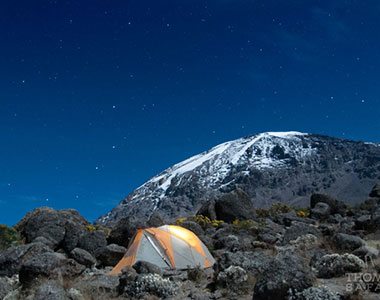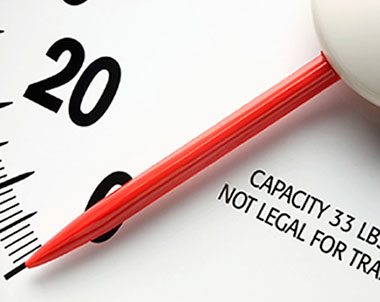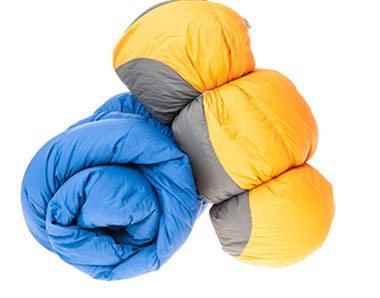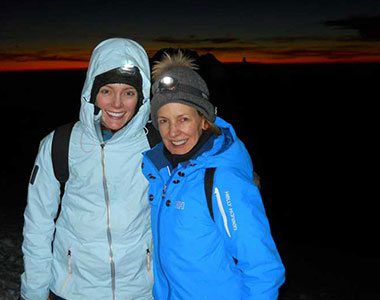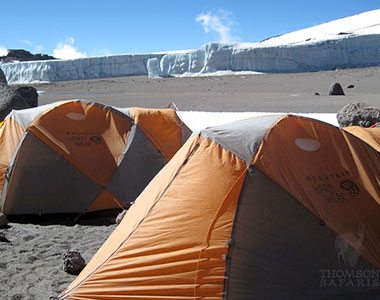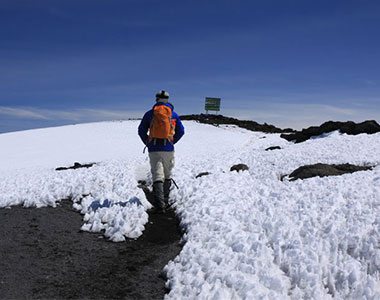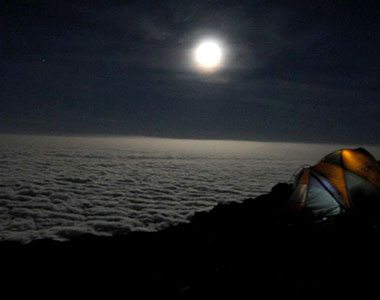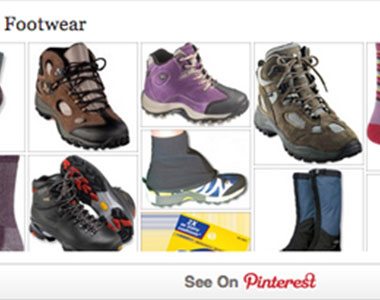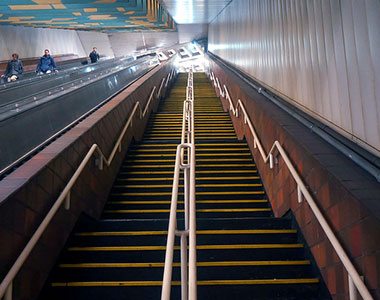Your trek may be right around the corner or months down the line, but it’s never too early to start getting ready. We could give tips on everything from which boots to buy to which songs to download (hey, it matters!), but no matter what, we’d tell all our guests to make sure they’ve done the…
Everyone who’s ever been on a long journey knows it’s not just what you pack, but HOW you pack that counts. But on Kilimanjaro, the limiting factor isn’t the space in your duffle: it’s the weight of your items. Porters on Kilimanjaro are only allowed to carry 33 pounds each up the mountain, a limit Thomson strictly adheres to for their health and safety.
Getting enough sleep on the mountain is an important factor for summit success…but it can be hard. It’s going to be cold on Kili, and buying the wrong bag—or using it incorrectly, and missing out on some of its warmth potential—can be the difference between getting a full night’s rest and getting frustrated by a night full of shivering. Make sure you’re considering all of the following important factors
Both daytime and nighttime summiteers will start at Barafu camp, but their experiences will unfold a bit differently… Depending on the route you take up the mountain, your summit bid may be a 10-15 hour night bid, or you may have the opportunity to summit during the day. Shorter routes, like Umbwe, include nighttime summits with immediate descents, since limited acclimatization time on these treks makes it uncomfortable for climbers to stay at the summit elevations for long.
We warn all our trekkers that no matter what time of year they climb Kilimanjaro, they can expect it to feel like winter at the summit. Facing some chilly weather is a fact of life on the mountain, but there are a few things you can do to stay toasty during your climb…
But there’s one part of a Kilimanjaro hike that many people don’t fully prepare for (maybe because it’s not that much fun to talk about it): the ways that altitude can affect you on the mountain. Specifically, the effects it may have on your digestion.
Thomson Safaris staffer shares expert tips on packing for Kilimanjaro. Amy just returned from her successful Kili trek in November, and she attributes some of her success to a basic (but often ignored) tip: Don’t overpack.
On Kilimanjaro—where each day means physical challenges and adjustment to a new altitude, and your nights are spent in a sleeping bag instead of on a feather bed—getting all the sleep you need in order to reach the summit can be difficult. Luckily, the Thomson Safaris team has learned a few tricks on their treks that will help ensure you have more restful nights.
Your hiking boots are the most important gear you’ll have on Kilimanjaro! They are your first step on the journey to Uhuru Peak. More recommendations from Thomson Safaris for footwear on your Kili climb.
Stair climbing intervals are a great way to get your legs and lungs in shape for the climb. Mix things up by alternating legs or skipping steps, and be sure to add on your boots and day pack for full effect.







